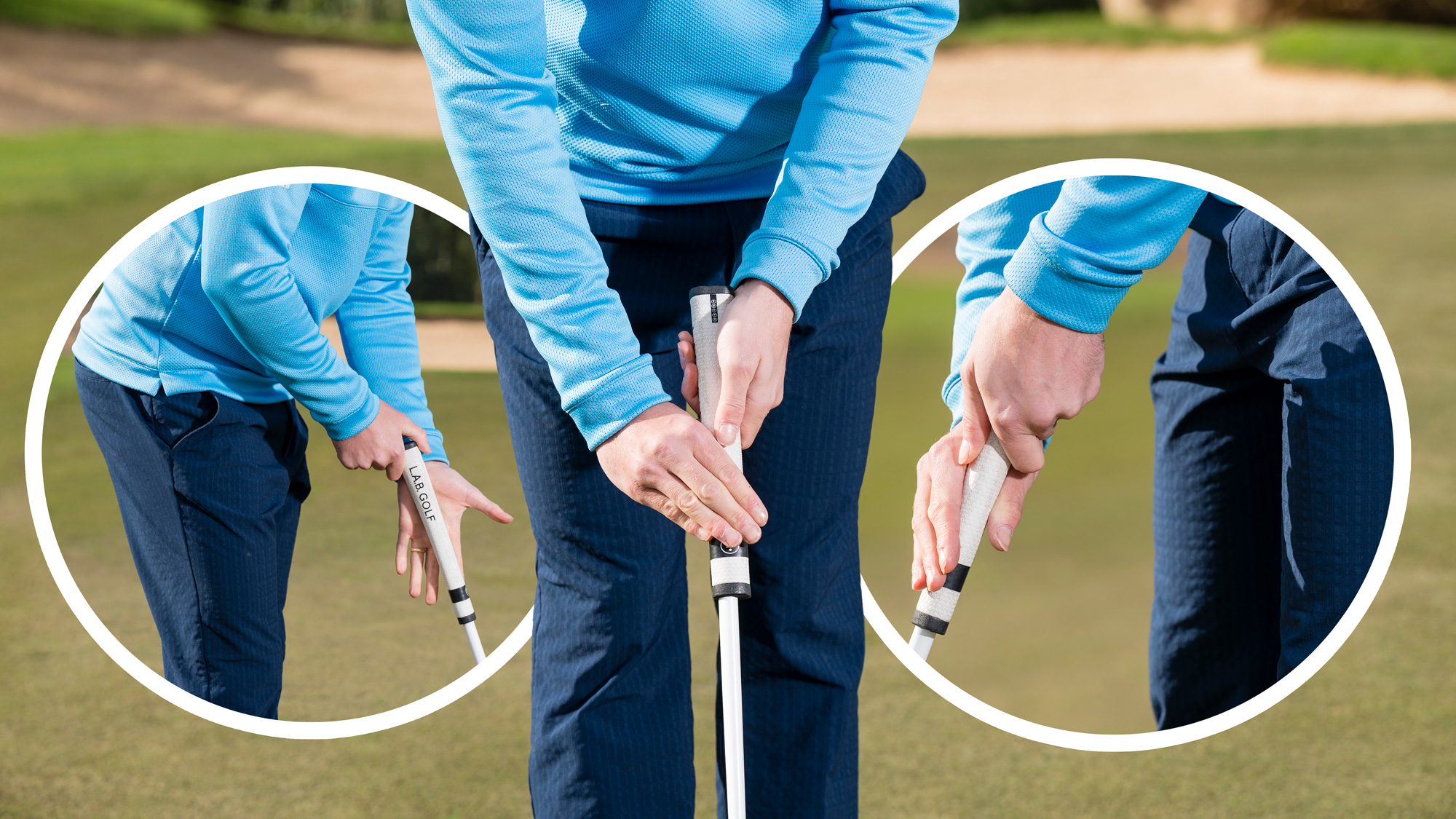
The claw grip for putting is now hugely popular on tour, with some of the best players in the world opting to use it. When deciding how to grip a putter there are many options to pick from, each of which have their own benefits and limitations, but the appeal of the claw grip has increased more than most since World No.1 Scottie Scheffler adopted it.
Another Major Champion, Mark O'Meara, was an early advocate of this putting technique back in 2003, and its stock has continued to rise into 2025 where many of the PGA Tour's top players now use it.
In this video and article, PGA professionals Alex Elliott and Katie Dawkins explain the claw grip for putting, how it works and whether you should try it for yourself...
Which professionals use the claw grip for putting?
Some of the best putting tips come from following the lead of top professionals on the world stage, and the claw grip is not different. The claw grip for putting has become a hugely popular choice for some of the top players in world golf, including some the PGA Tour's top talent. World No.1 Scottie Scheffler even used this technique during his astonishing 2024 season where he captured seven PGA Tour titles, including The Masters, and also took home Olympic Gold in Paris.
Other notable names seen using the claw on the greens are Tommy Fleetwood, Justin Rose and even Ryder Cup record point scorer Sergio Garcia. The claw putting grip is a technique well worth understanding, and then trying, if you're in need of help with your putting.
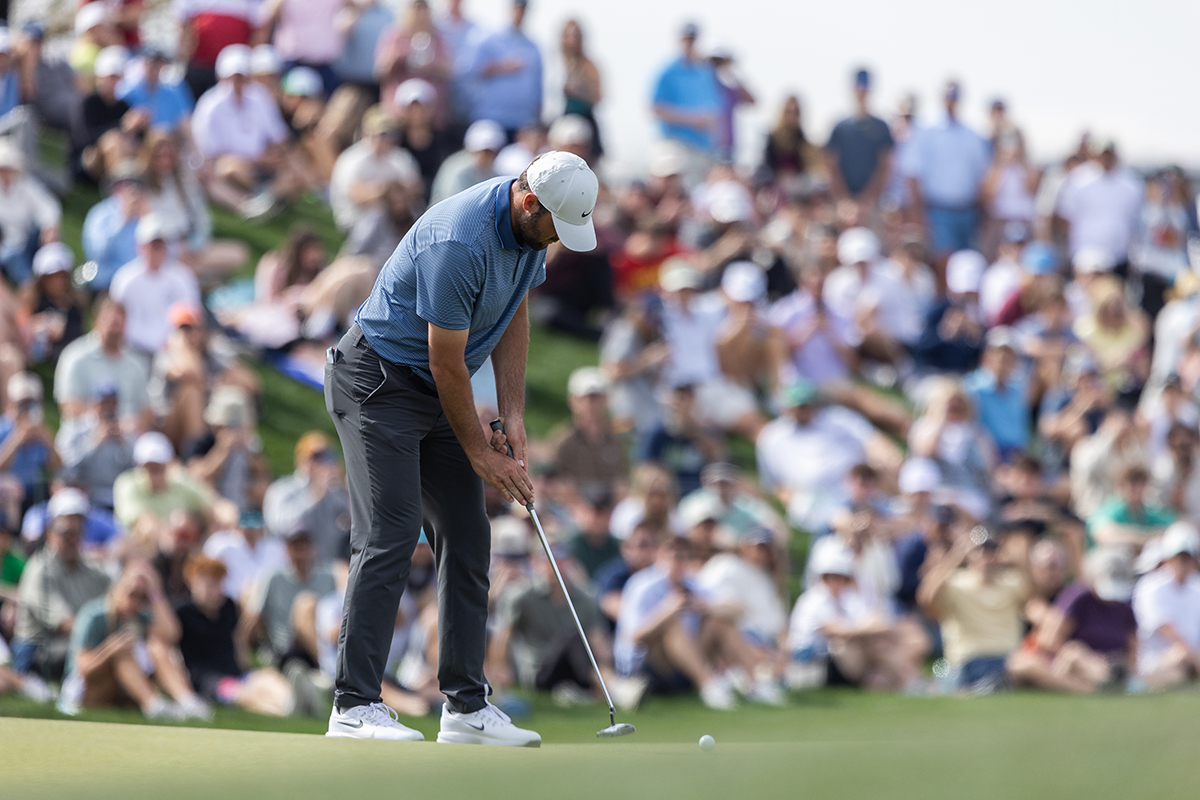
Claw Grip For Putting: A Step-By-Step Guide
Step 1 - The Left Hand Placement
Take your normal putting stance and using your left hand (for a right-handed golfer) grip the putter in the lifelines on the palm of your hand. When using the claw grip for putting, the left hand is towards the top of the grip, as opposed to the lower position seen in a left-hand low putting grip. The back of your left hand should point towards the target.
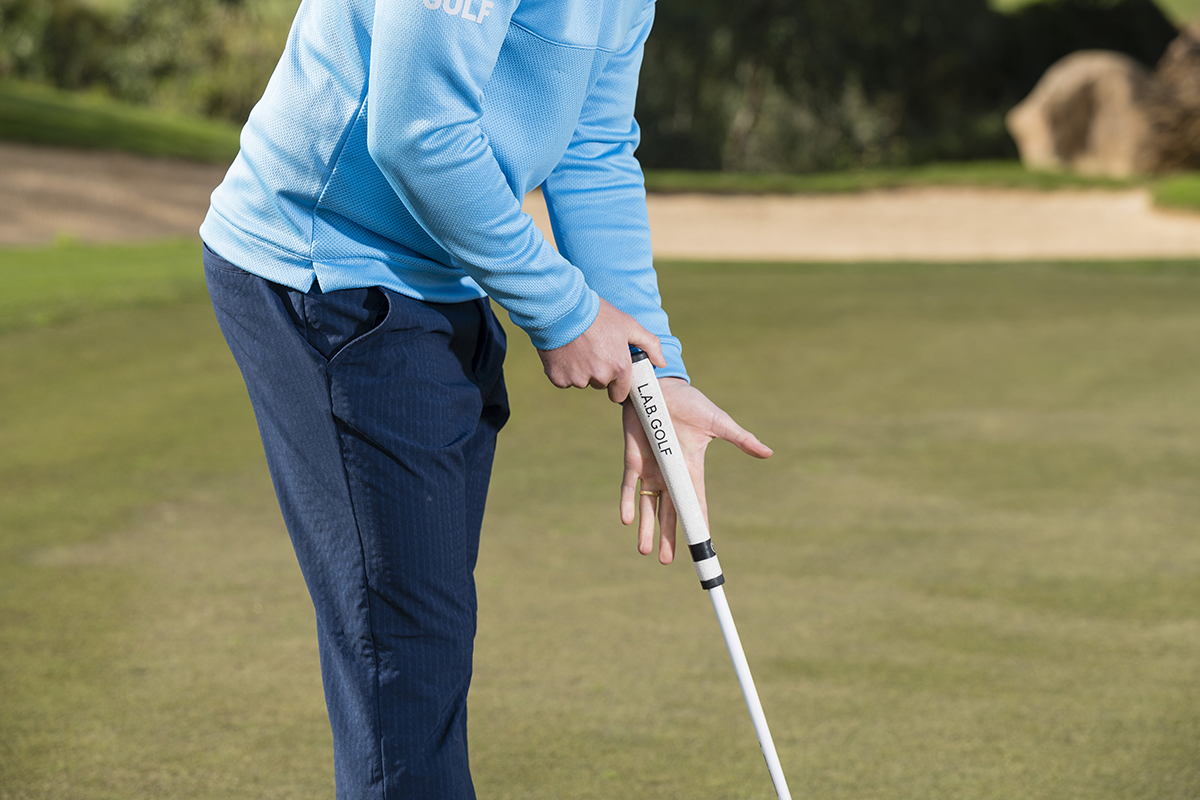
Step 2 - The Right Hand Placement
Using your right hand, make a 'claw' shape using the space between your thumb and your index finger. For comfort and stability, you can press your four fingers together to form one pincer of the claw (think of a crab's claw), with the thumb forming the other.
Place your newly formed claw onto the grip of the putter underneath your left hand, with your fingers pointing towards the target side and the grip cradled in the crease.
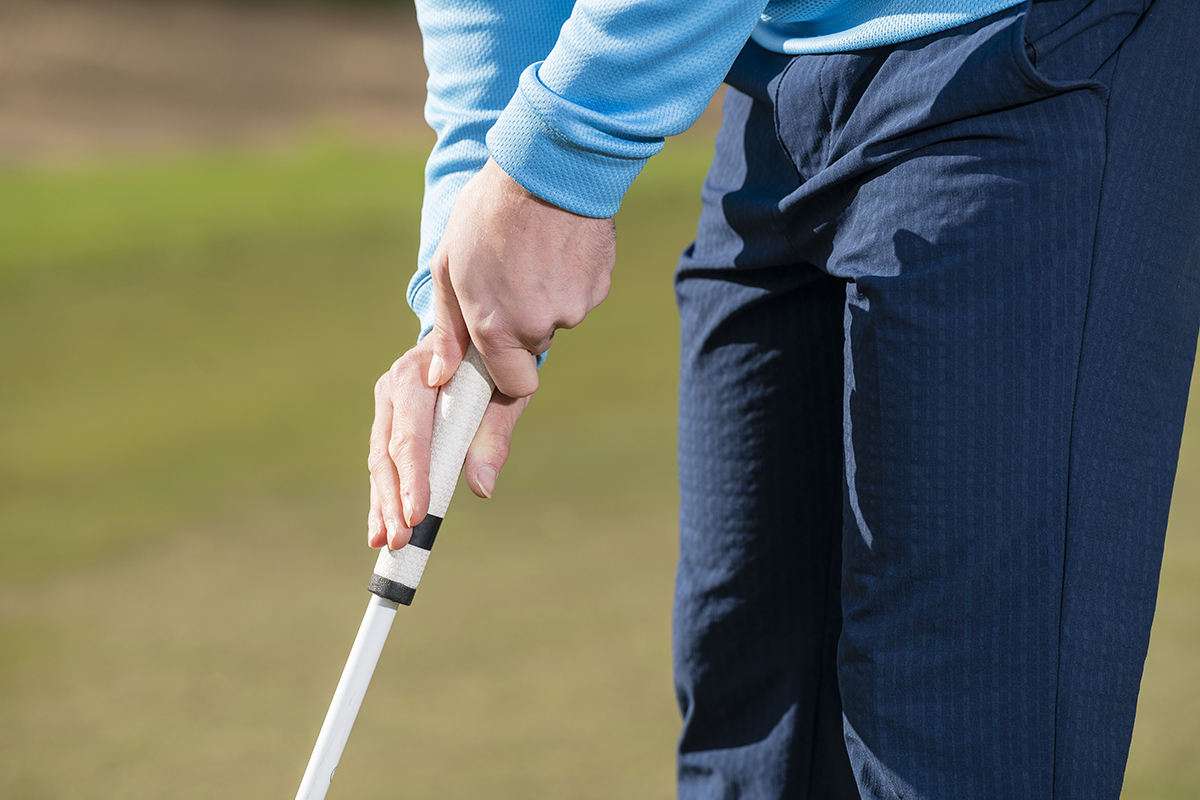
Step 3 - The Stroke
I like to feel as though my left elbow is more tucked into my side and the stroke is really instigated from my left wrist. The claw grip for putting is designed to take the right hand out of play, so while it's in contact with the club it shouldn't really be influencing the stroke too much. The grip pressure is stronger in the left hand, with the right sitting more as a guide than anything else.
When certain golfers suffer are searching for how to cure the putting yips, this technique is popular antidote to administer as it limits the role of an over-dominant right hand when putting.
While the claw grip won't solve all of your putting woes, especially if you are struggling with how to read greens, it will help you to create a reliable stroke that you feel comfortable with - and that's huge!
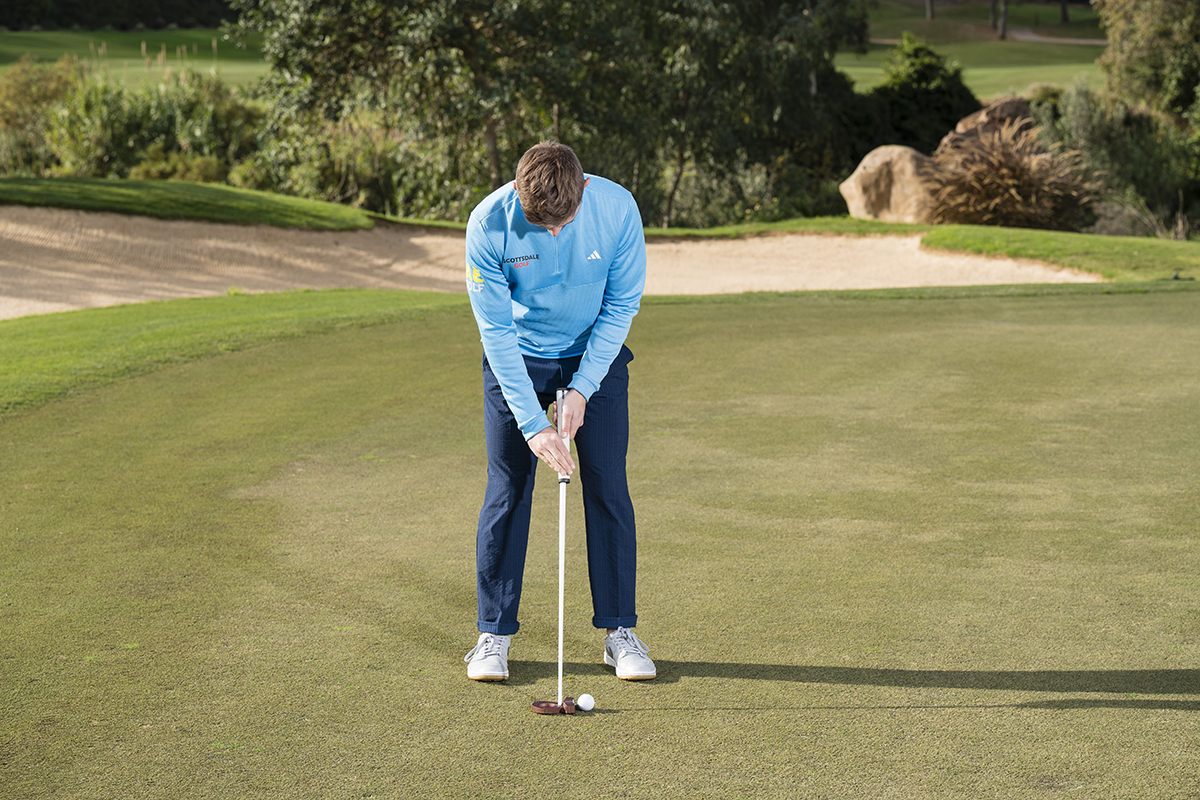
The Pros, Cons and When To Try The Claw Grip For Putting
What are the benefits of the claw grip for putting?
The claw putter grip puts the shoulders in charge and encourages a hands-free action. This creates a smooth stroke, which will be particularly beneficial when putting on fast greens. Importantly, the claw grip for putting should prevent the right hand from becoming too active and negatively impacting your control of the putter face.
What are the drawbacks to using the claw grip for putting?
It should come as no surprise that, like any change in the early stages, it can feel awkward. However, utilising your practice time to try the best putting drills will help golfers overcome this initial stumbling block.
It can also cause problems on slower greens. In some instances, it is likely you will need to give the long putts a bit of a hit with the wrists. There is no way of releasing your hands with this technique, so distance control when putting can be tricky initially.
If your greens are more on the sluggish side, maybe opt for a more conventional hold or even the reverse overlap putting grip.
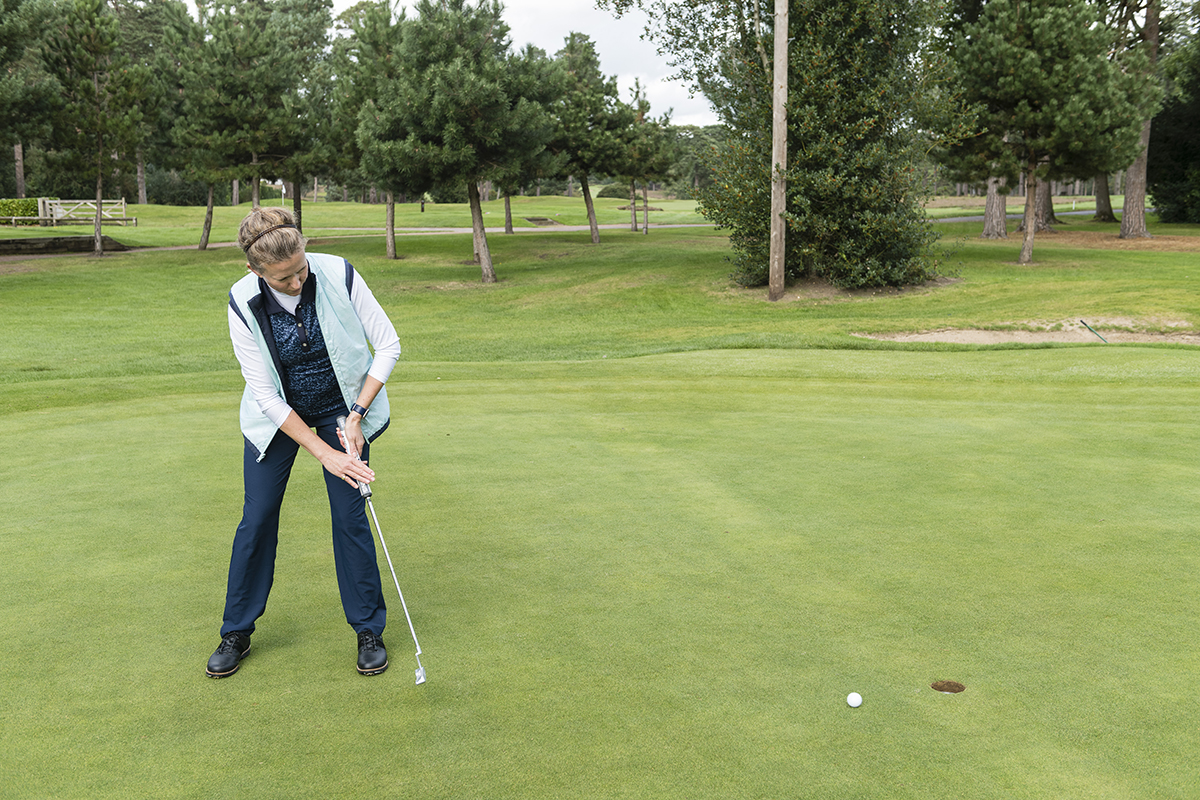
When Should I Try The Claw Grip For Putting
When it comes to putting, the most important thing is to find a grip that makes you feel in control. It goes without saying that if putting is already a strength of your game, I would advise against changing that. Once you go claw it’s hard to go back, so tread carefully when taking the plunge.
But, like any change, it can serve as a fresh start and give golfers a new perspective that might arrive just in time. If you feel like your game is in need of saving, why not give it a go.
If you are still unsure, getting the advice of an expert will help put your mind at ease. Another pair of eyes, and a professional point of view, may be all you need to reach new heights.







